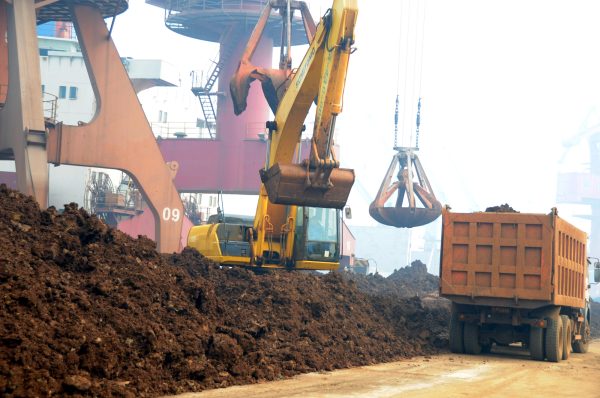The pause on expert restrictions was neither the U.S. victory Trump proclaimed it to be nor the act of a supremely confident, unassailable China.
When U.S. President Donald Trump emerged from his October summit with Chinese President Xi Jinping in Busan, South Korea, he declared it a “12 out of 10” success. Washington, it seemed, had won a major concession. In exchange for tariff relief, Beijing agreed to pause its escalating export controls on rare earth elements for one year, granting U.S. industry a vital reprieve.
This interpretation is dangerously wrong. It mistakes a tactical maneuver for a strategic retreat. Chinese-language analysis of the summit reveals a different story: one of strategic patience from a power that understands both its structural dominance and its acute vulnerabilities. Beijing’s move was not a concession but a calculated exercise of power – a strategic pause that maintains leverage while managing vulnerabilities.
Beijing’s confidence rests on a fundamental asymmetry in 21st century great power competition. U.S. chokepoints, built on high technology, are proving fragile. China’s chokepoints, built on grubby industrial processes, are proving extraordinarily durable.
The asymmetry of time favors China: building a single integrated mine-to-magnet supply chain takes 10 to 15 years. This explains why, 15 years after China’s 2010 rare earth embargo against Japan, Western dependence has barely budged. Meanwhile advanced semiconductor technologies become obsolete far faster – and China has already found “good enough” substitutes.
The Industrial Fortress
China’s dominance is not a simple accident of geology. It is an industrial fortress, built over 40 years with patient capital and a willingness to bear environmental and social costs no Western democracy will tolerate. This fortress is secured by three mutually reinforcing locks.
First: The Resource Lock.
Continue Reading on The Diplomat
This preview shows approximately 15% of the article. Read the full story on the publisher's website to support quality journalism.
